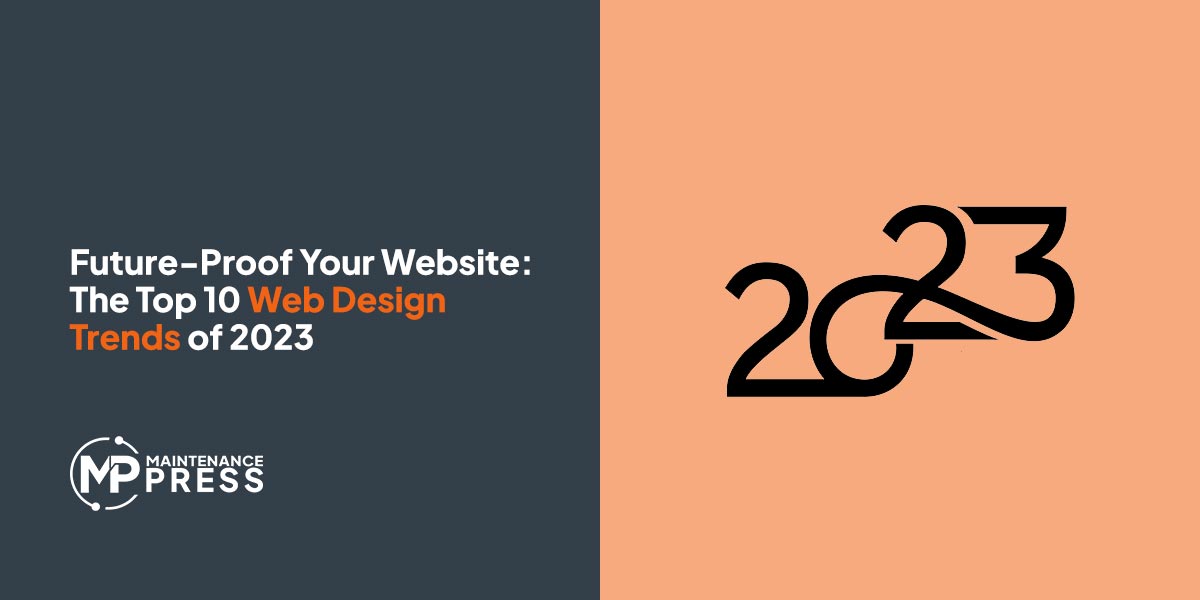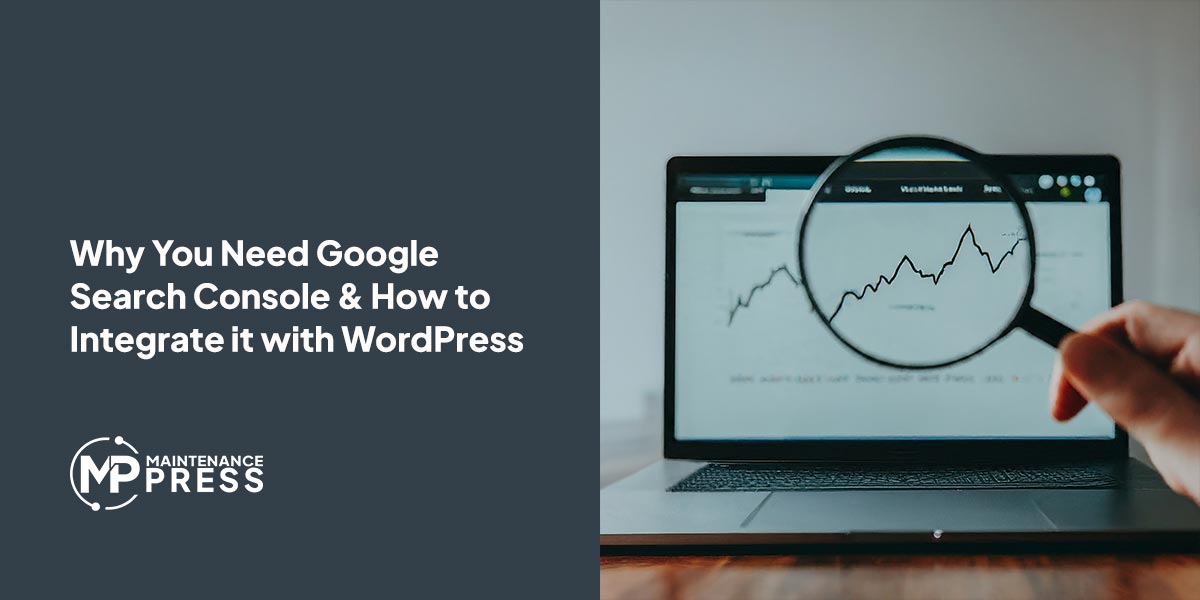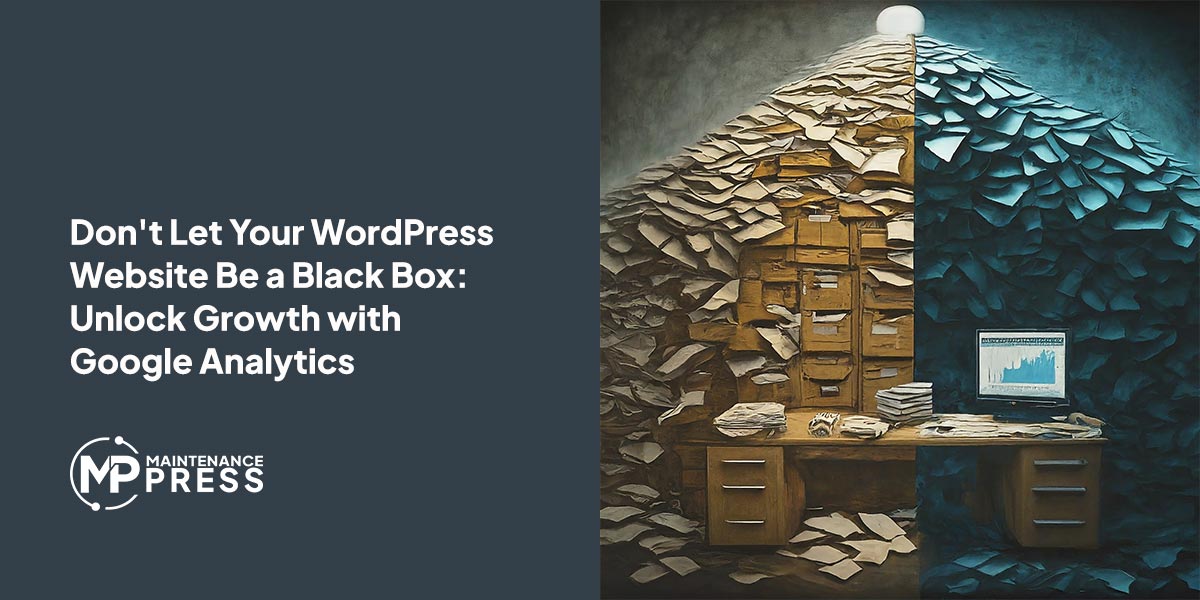Future-Proof Your Website: The Top 10 Web Design Trends of 2023
Table of Contents

As technology evolves and user expectations change, it’s important for website owners to keep their online presence up-to-date. One of the best ways to do this is by following the latest web design trends. In this article, we’ll be discussing the top 10 web design trends of 2023 that will help you future-proof your website. From AI-powered design to virtual reality integration, these trends will ensure that your website stands out and provides an exceptional user experience.
Trend 1: AI-Powered Design
Artificial intelligence (AI) is making its way into web design and it’s here to stay. AI-powered design allows for personalized website layouts and dynamic content that adapts to the user’s preferences. For example, AI algorithms can be used to analyze user behavior and adjust the website layout accordingly. This can include things like displaying different content to different users or adjusting the layout based on the time of day. Additionally, AI can be used to optimize website performance, improve user experience, and increase conversions. This is done by analyzing user data and making adjustments to the website that will increase engagement, reduce bounce rates, and improve conversion rates.
Trend 2: Minimalistic Design
Minimalistic design is all about simplicity and functionality. The trend is characterized by clean layouts, simple color schemes, and a focus on the essentials. By removing unnecessary elements, minimalistic design improves usability and places the emphasis on the content. This type of design can be especially effective for websites that have a lot of content, as it helps to make the content more easily digestible. Additionally, minimalistic designs are often more visually appealing and can make the website feel more modern and up-to-date.
Trend 3: Dark Mode
Dark mode designs have gained popularity in recent years due to their improved readability and energy-saving capabilities. This trend is characterized by inverted color schemes, black backgrounds, and high contrast elements. It’s especially useful for websites that are frequently accessed at night or in low-light conditions. Dark mode designs are also becoming increasingly popular for their aesthetic appeal, as they can make a website feel more modern and sophisticated. Additionally, dark mode designs can be more visually pleasing and can be easier on the eyes in certain lighting conditions.
Trend 4: Asymmetrical Layouts
Asymmetrical layouts are an emerging trend in web design. They break away from traditional symmetrical layouts and offer a fresh, dynamic look. Asymmetrical layouts can be achieved through uneven grids, non-traditional placement of elements, and unique shapes. This trend can help improve user engagement and visual interest. Asymmetrical layouts can also be used to create a sense of movement and energy, which can make a website feel more dynamic and engaging. Additionally, asymmetrical layouts can be used to create a sense of depth, which can make the website feel more immersive.
Trend 5: Microinteractions
Microinteractions are small interactive elements that can be used to enhance the user experience. Examples include hover effects, animations, and small feedback loops. These interactions help to improve user engagement and provide feedback on user actions. Microinteractions can be used to create a sense of animation and movement, which can make a website feel more alive. Additionally, microinteractions can be used to provide feedback on user actions, which can make the website feel more responsive and intuitive.
Trend 6: 3D Elements
Technology advancements make it easier to create and implement 3D elements, making them more prevalent in the top 10 web design trends of 2023. By incorporating 3D images and animations on a website, designers can add depth, movement, and visual interest. This trend helps create immersive experiences and increase user engagement. Using 3D elements can create a sense of depth and movement that makes a website more engaging and interactive. Additionally, using 3D elements can create a sense of realism that makes the website feel more credible and trustworthy. Additionally, 3D elements can also be used to create virtual tours or product demonstrations, which can be a great way to showcase a product or service in a more interactive and engaging way.
Trend 7: Bold Typography
Bold typography is a trend that emphasizes the use of large text and contrasting fonts. This trend can be used to improve readability and place emphasis on important information. Bold typography can also be used to create a sense of hierarchy and guide users through the website. By using large text and contrasting fonts, bold typography can make it easier for users to quickly scan the website and find the information they need. Additionally, bold typography can be used to create a sense of emphasis and importance, which can be great for highlighting key features or calls to action.
Trend 8: Variable Fonts
Variable fonts are a new type of font that allows for dynamic text size and adjustable spacing. This technology can be used to improve accessibility and increase design flexibility. Variable fonts can also be used to create unique and dynamic typography designs. Variable fonts can be used to create a sense of movement and animation, which can make the website feel more dynamic and engaging. Additionally, variable fonts can be used to create a sense of hierarchy and emphasis, which can be great for highlighting key features or calls to action.
Trend 9: Split-Screen Design
Split-screen design is another inclusion in our top 10 web design trends of 2023, that involves dividing the screen into two or more panels. This can be achieved through dual-panel layouts, side-by-side content, and overlapping elements. Split-screen design can be used to improve usability and increase visual interest. By dividing the screen into two or more panels, split-screen design can make it easier for users to find the information they need. Additionally, split-screen design can be used to create a sense of movement and animation, which can make the website feel more dynamic and engaging.
Trend 10: Virtual Reality Integration
Virtual reality (VR) is making its way into web design. VR can be used to create immersive experiences such as virtual tours and VR-enabled product demos. This trend can help improve user engagement and enhance customer experiences. Virtual reality can be used to create a sense of immersion and engagement, which can be great for showcasing products or services in a more interactive and engaging way. Additionally, virtual reality can be used to create a sense of realism, which can be great for creating a sense of credibility and trustworthiness.
In conclusion, keeping your website up-to-date with the latest web design trends is essential for providing a great user experience and standing out in a crowded online marketplace. By following these trends, you can ensure that your website is future-proof and provides an exceptional user experience.
Image by Creative_hat on Freepik
More Reading
At Maintenance Press, we understand the importance of maximizing your website's visibility in search results. That's why we highly recommend [...]
Is your WordPress website a mystery box? You might be pouring time and resources into content creation and marketing, but [...]
Keep your site secure with these 8 WordPress security tips. From using strong passwords to installing a security plugin, [...]





